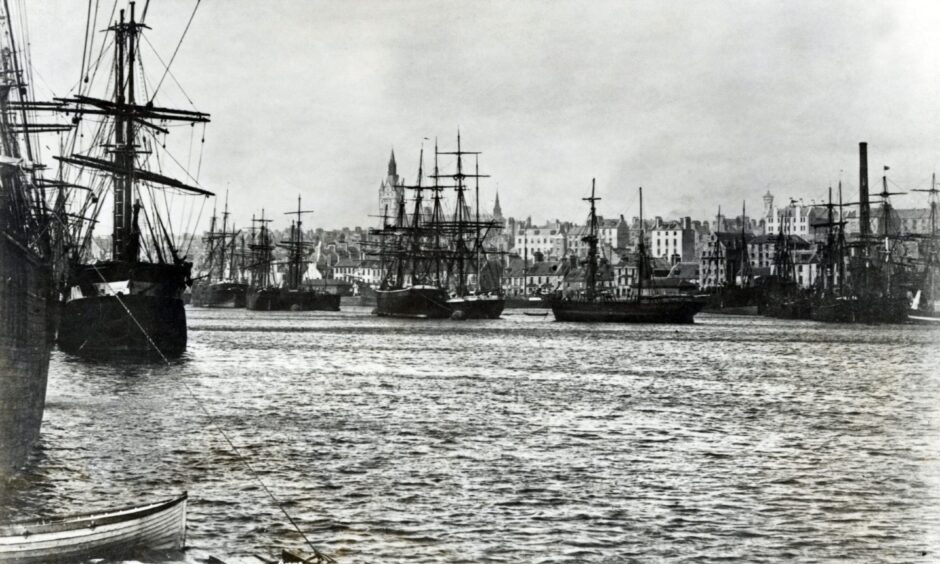
The Tall Ships are making a grand return to Aberdeen this summer, and their arrival will help reawaken the city’s illustrious maritime history – the Aberdeen Line.
Excitement is already building ahead of the races in July, with hundreds of thousands of visitors expected to attend the quayside entertainment.
Seeing the elegant ships glide into Aberdeen port is virtually a once-in-a-generation sight these days.
Tall Ships Races will bring Aberdeen Line’s history to life
But 200 years ago, Aberdeen was a centre of innovation when it came to shipbuilding and shipping, and tall ships would have been part of the city’s skyline.
The Aberdeen Line was established in the city by George Thompson Jnr in 1825 and it was an enterprise that would ultimately take Aberdeen to the rest of the world.
Educated at Aberdeen Grammar School, George Thompson Jnr was just 21 when he founded the Aberdeen Line.
He had already successfully established himself as a generous philanthropist, and ship and insurance broker, before moving into trade routes.
The Aberdeen Line went on to become one of the world’s most prolific shipping companies, and built more than 100 tall ships at the Walter Hood Shipyard in Aberdeen.
There is no trace now of the shipyard that built these graceful, yet powerful vessels, but in a nod to the past, it is the very place where the Tall Ships will berth come July.
Aberdeen was a pioneering centre for shipbuilding in 19th Century
Pioneering shipbuilders were at the forefront of Aberdeen’s technological revolution.
The innovative ‘Aberdeen Bow’, designed by Alexander Hall and Sons boatyard in 1839, created a more pointed and streamlined vessel.
It was first used on Hall and Sons’ vessel ‘Scottish Maid’ built for the Aberdeen Line, said to be the first clipper fabricated in Britain, and one of the fastest ships of her time.
This advancement represented a significant change from the cumbersome wooden sailing ships of old to quicker, sleeker models.
In the same year Scottish Maid launched, shipbuilder Walter Hood set up his own yard in Aberdeen.
He hailed from Brechin, but served his apprenticeship in Aberdeen and worked in Dundee before returning north to establish his business.
Successful Aberdeen Line took ships to far-flung destinations
Hood’s yard in Footdee – where Pocra Quay is now – lead the way, globally, in the production of sailing ships.
Unlike other shipbuilders, Hood’s launchways were largely covered offering shelter for workers from harsh weather.
From 1842, George Thompson became a partner of Walter Hood and the shipyard went on to build dozens of vessels for the Aberdeen Line.
The line initially operated in the North Atlantic and UK coastal Baltic trade routes, but by the 1840s progressed to more far-flung destinations.
These more lucrative routes saw goods like copper brought back from the far reaches of Cuba, and tea from China.
In 1846, ‘The Neptune’ – a Walter Hood vessel built for the Aberdeen Line or Aberdeen White Star Line as it became known – made its first sailing to Sydney, Australia.
Aberdeen was now open to business from the rest of the world and became a leading centre in establishing the tea trade.
Voyages to Australia proved perilous for sailing ships
The Aberdeen Line’s success soared and George Thompson took on chief clerk William Henderson as a partner for the firm in 1850.
Aberdeen’s clippers adopted a signature livery, an ‘Aberdeen green’ hull, which made them instantly recognisable in any port in which they docked.
Within a few years the Aberdeen Line was running monthly sailings from London to Australia, with room for passengers as well as goods.
Voyages to transport gold from Australia would take months at a time and would often prove perilous.
Storms made for dangerous sailing conditions, and deaths were not uncommon through people drowning or falling from the rigging.
Fire was also an ever-present risk due to paraffin lamps and, of course, pirates were always lurking, ready to plunder vessels.
Record-breaking tea clipper was built in Aberdeen
Clippers that did successfully reach their destination were always well received.
In a time before telephones, it was a physical link for many with their native Aberdeen.
By the 1860s, the Aberdeen Line was well established and its high-quality ships were world renowned, particularly in the China tea trade.
The tea trade required faster vessels, and in 1868 the tea clipper Thermopylae was built and launched at Hood’s yard in Aberdeen.
A composite design of iron frame covered in wooden planking, the magnificent Thermopylae was the fastest sailing boat built.
Her record-breaking maiden voyage from Gravesend to Melbourne took just 63 days, and retains the record for the fastest passage by a sailing ship.
Built for speed, Thermopylae operated in the Far Eastern Tea Trade where pace was needed to outrun pirates and bring tea to Europe as quickly as possible.
World watched as tall ships competed in thrilling tea race
The tea trade was very lucrative and became very competitive as operators sought out the best captains and crews.
In 1872, the eyes of the world were on Thermopylae, and therefore Aberdeen, when she became the main rival to clipper Cutty Sark in the great tea race.
The two sailing ships were pitted against each other during the world-famous regatta – a race to bring the first tea of the season to London from Shanghai.
Setting out on June 15, Cutty Sark quickly took the lead and nine weeks later was 400 miles ahead of her rival.
But disaster struck when Cutty Sark lost her rudder in a storm while crossing the Pacific Ocean.
Rather than pulling into port and risk losing time, she kept racing while a temporary rudder was forged on board.
Meanwhile, the defiant Thermopylae managed to traverse the oceans unscathed, and arrived in London a full seven days ahead of Cutty Sark on October 11.
Thermopylae’s final resting place off the coast of Portugal
But by this time, the days of sail were waning as technological advances brought about the age of steam.
By the end of the 1860s most of the new ships built in Aberdeen were constructed from iron.
In 1875, the iron-hulled Salamis was built in Aberdeen as a sister ship to Thermopylae and gained a reputation as the fastest iron sailing ship built.
The progression in technology squeezed the sailing ships out of the tea trade, and Thermopylae made her final tea voyage in 1881.
She was replaced by George Thompson’s first steamer SS Aberdeen.
But Cutty Sark and Thermopylae’s old rivalry was reborn when both were assigned to the Australian wool trade.
In 1895 Thermopylae was sold to the Portuguese Navy as a training vessel.
For such a prestigious vessel, Thermopylae ended her days in a watery grave in 1907 when she was sunk by the navy during target practice.
If you enjoyed this, you might like:
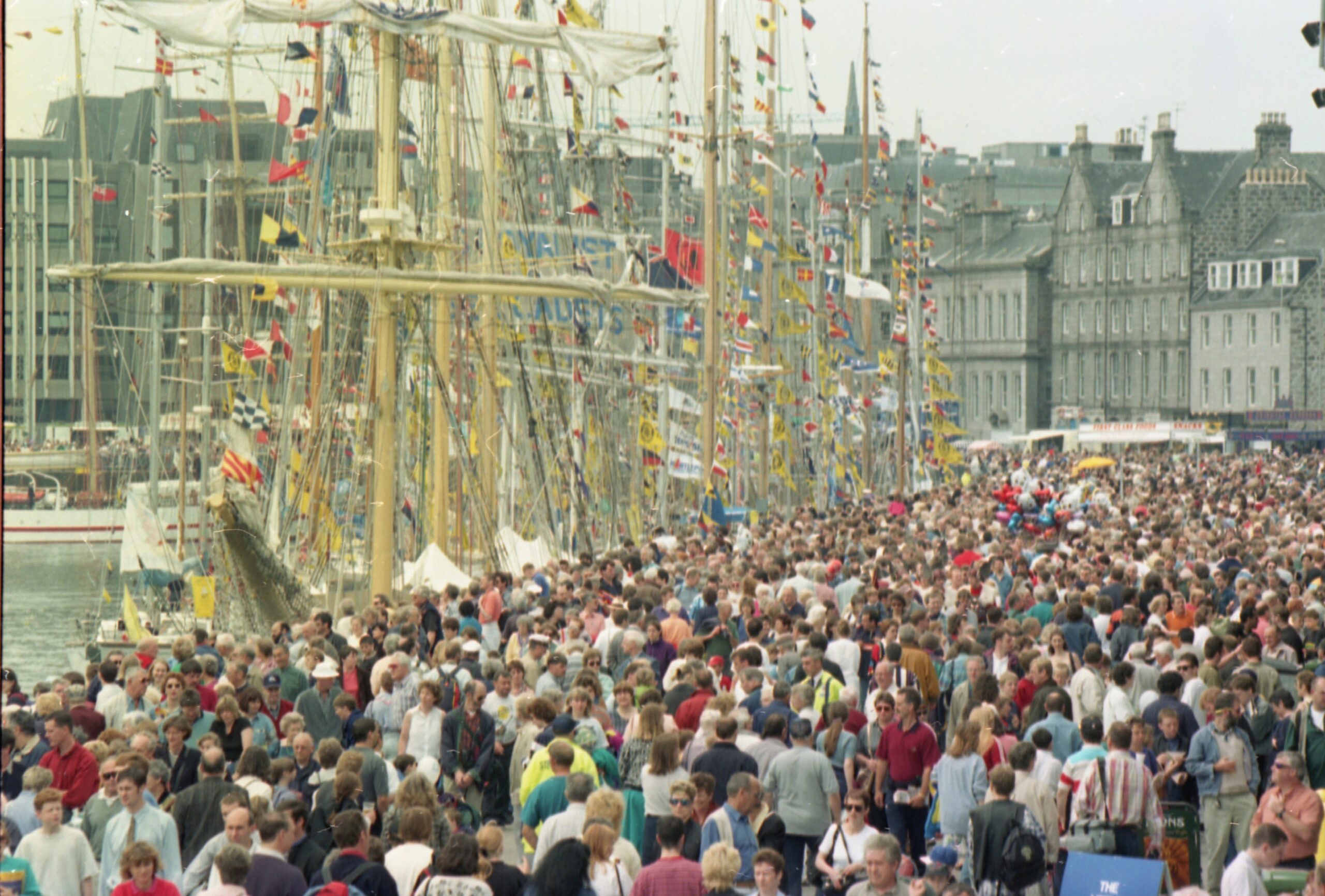
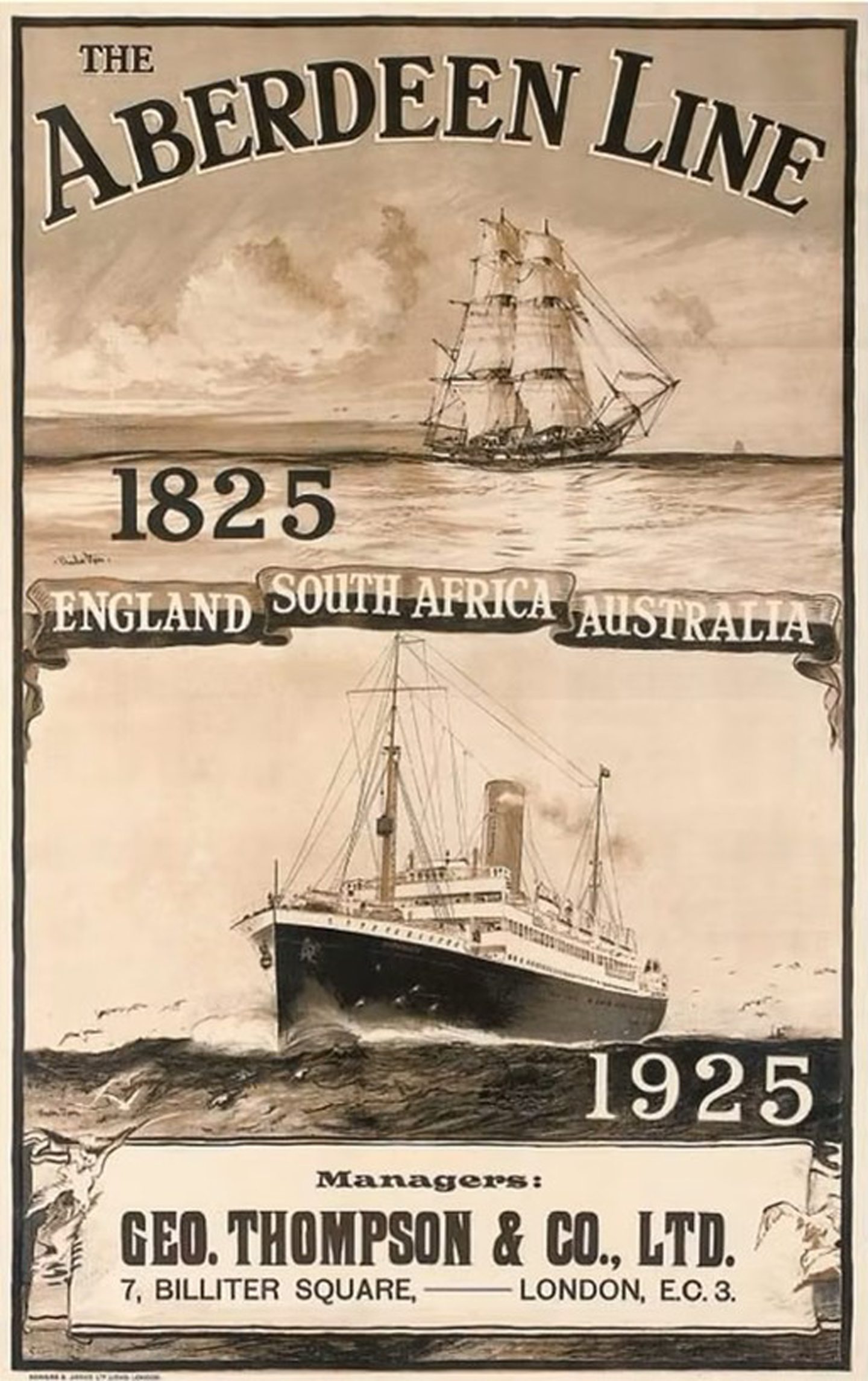
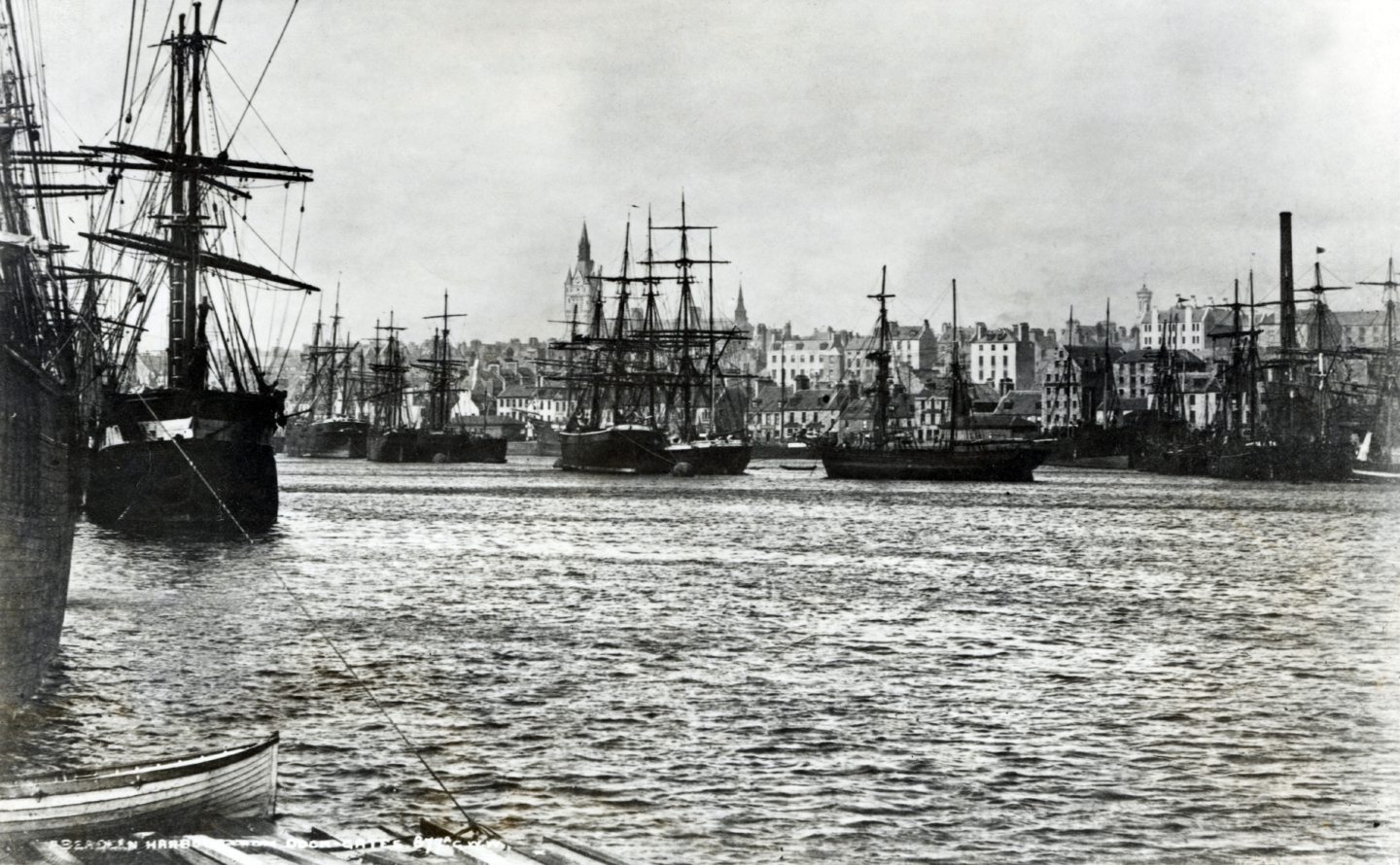
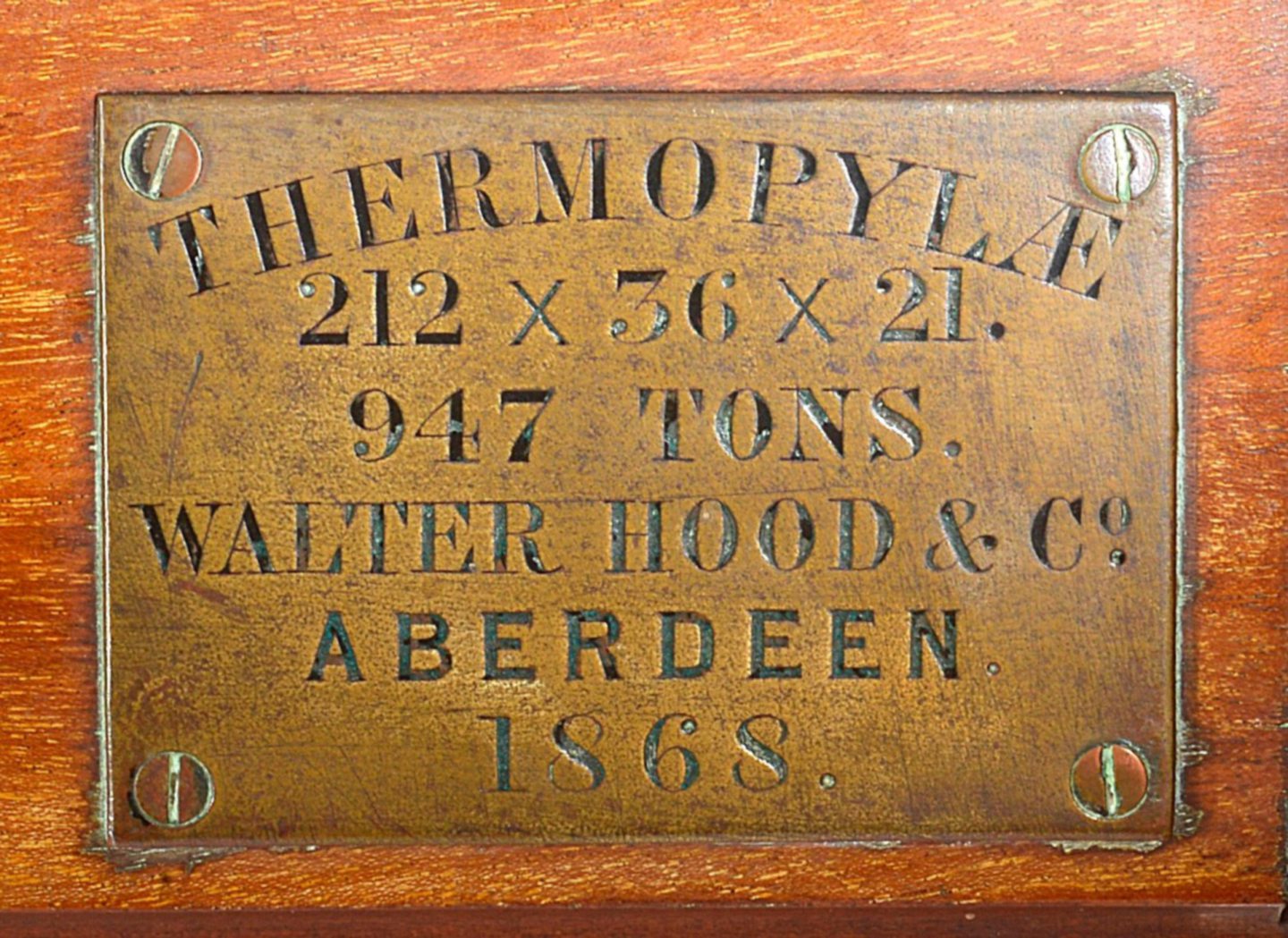
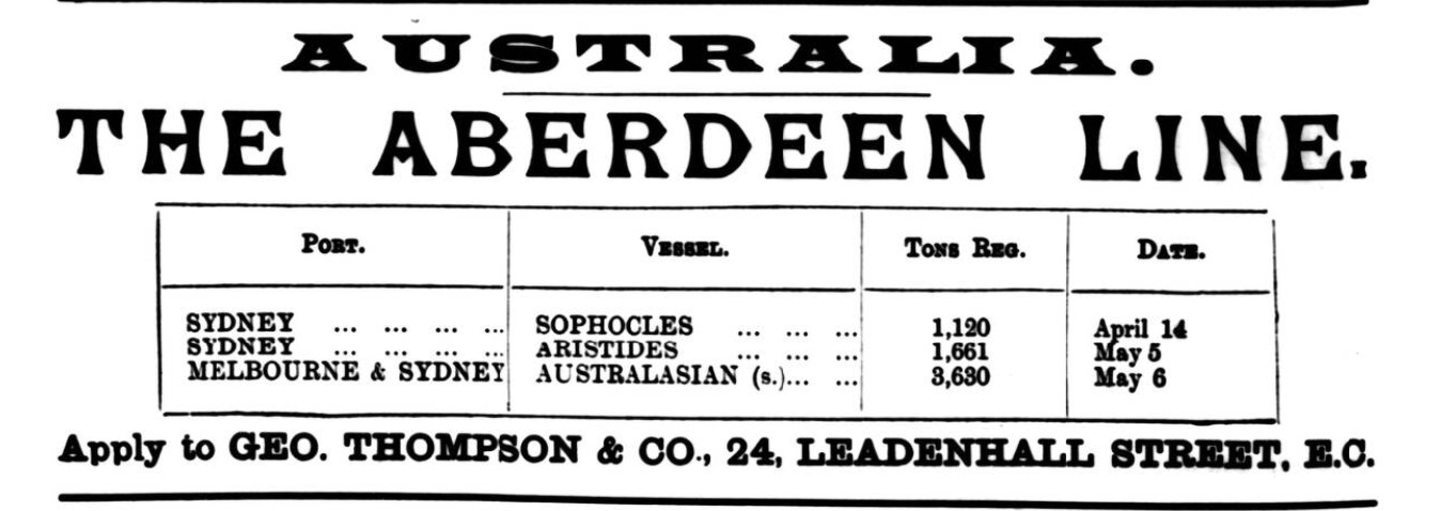
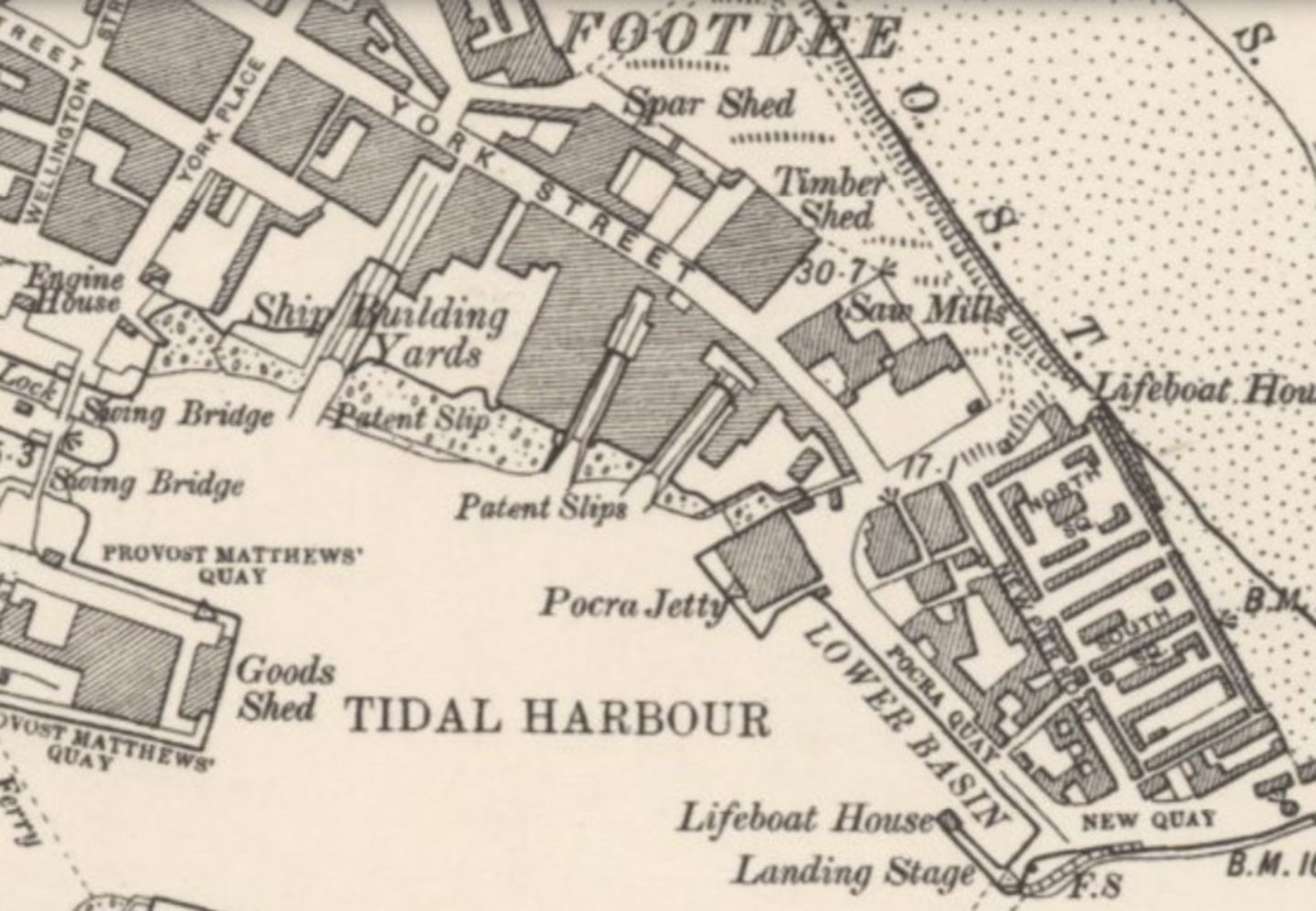
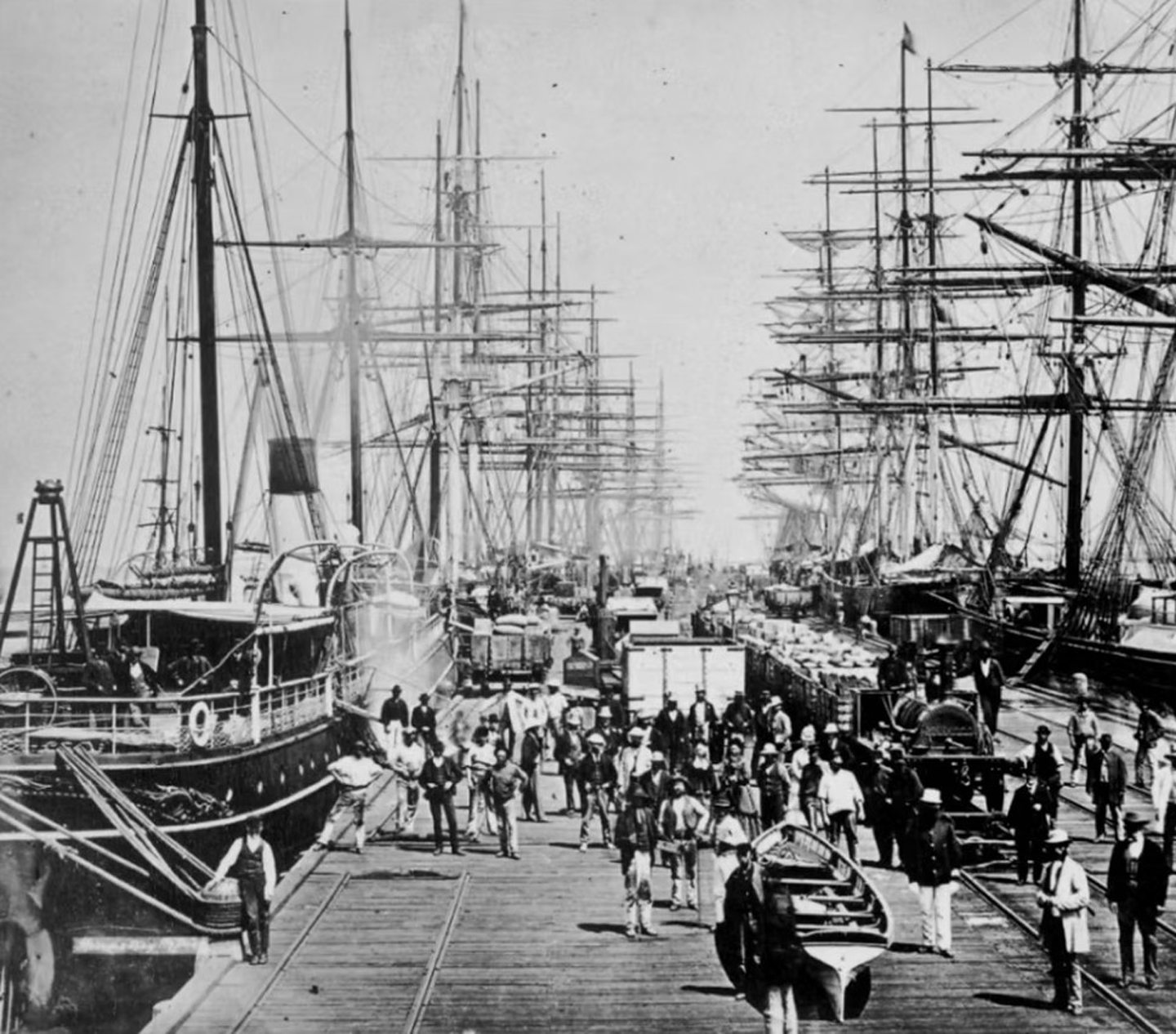
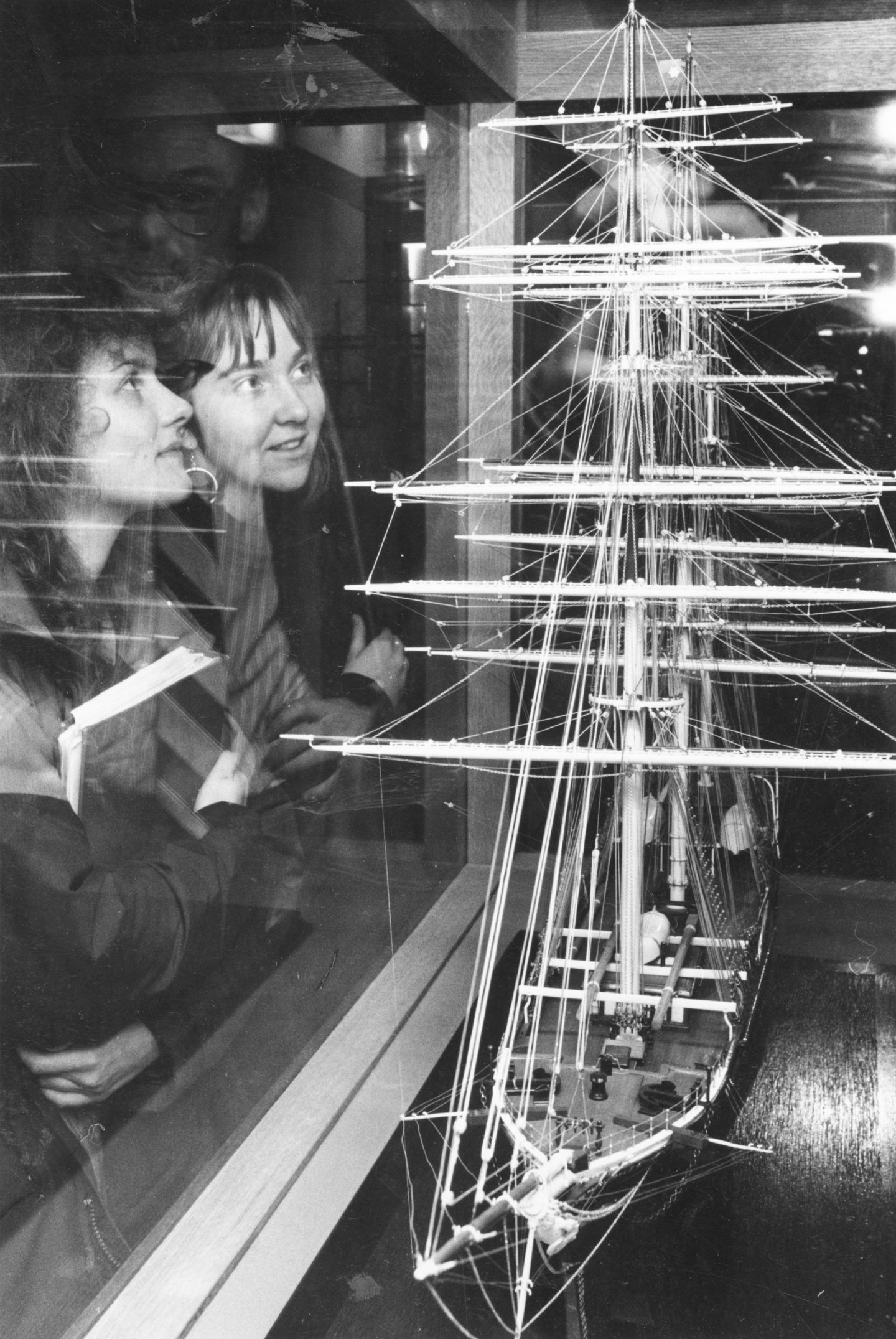
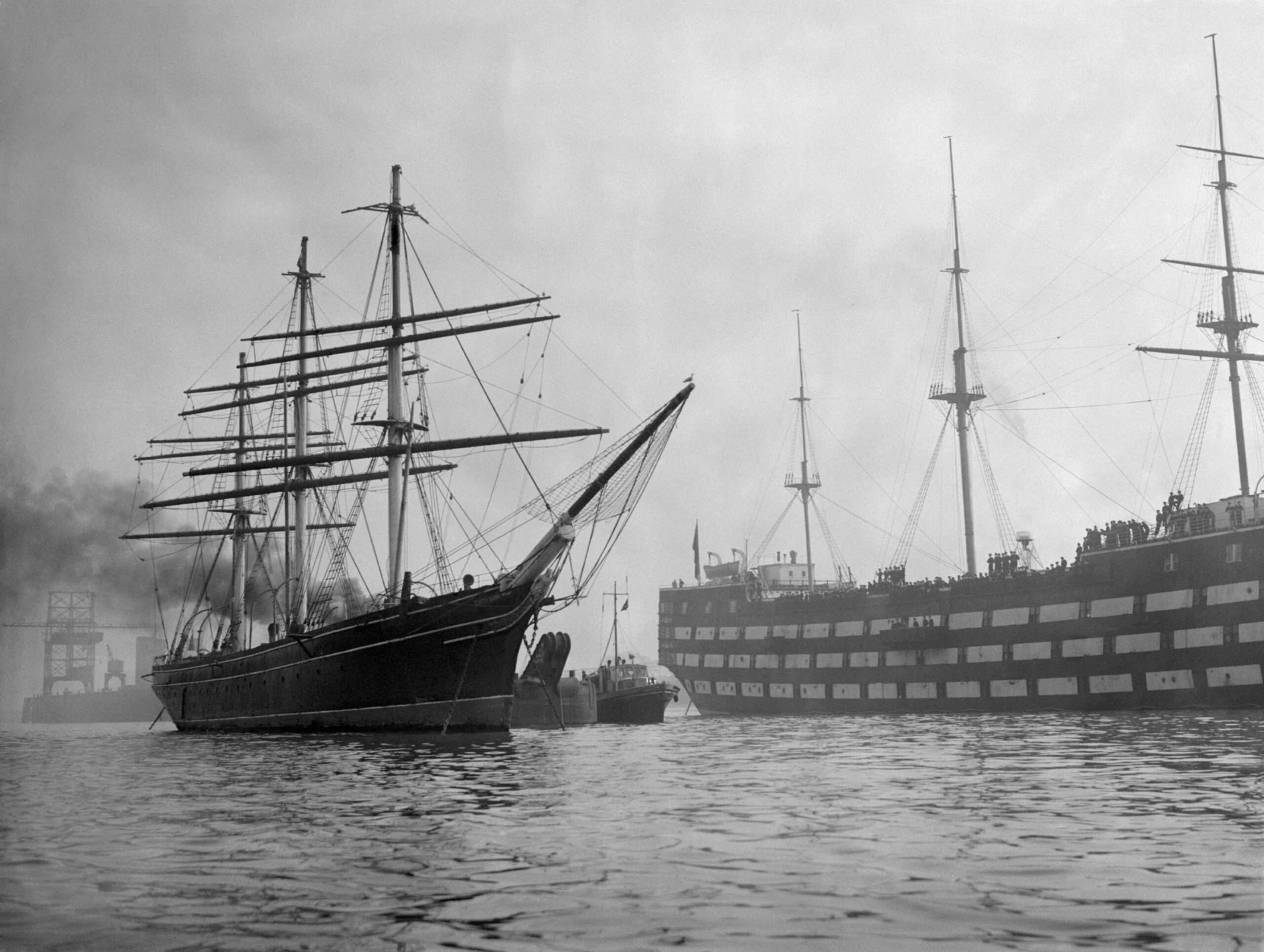
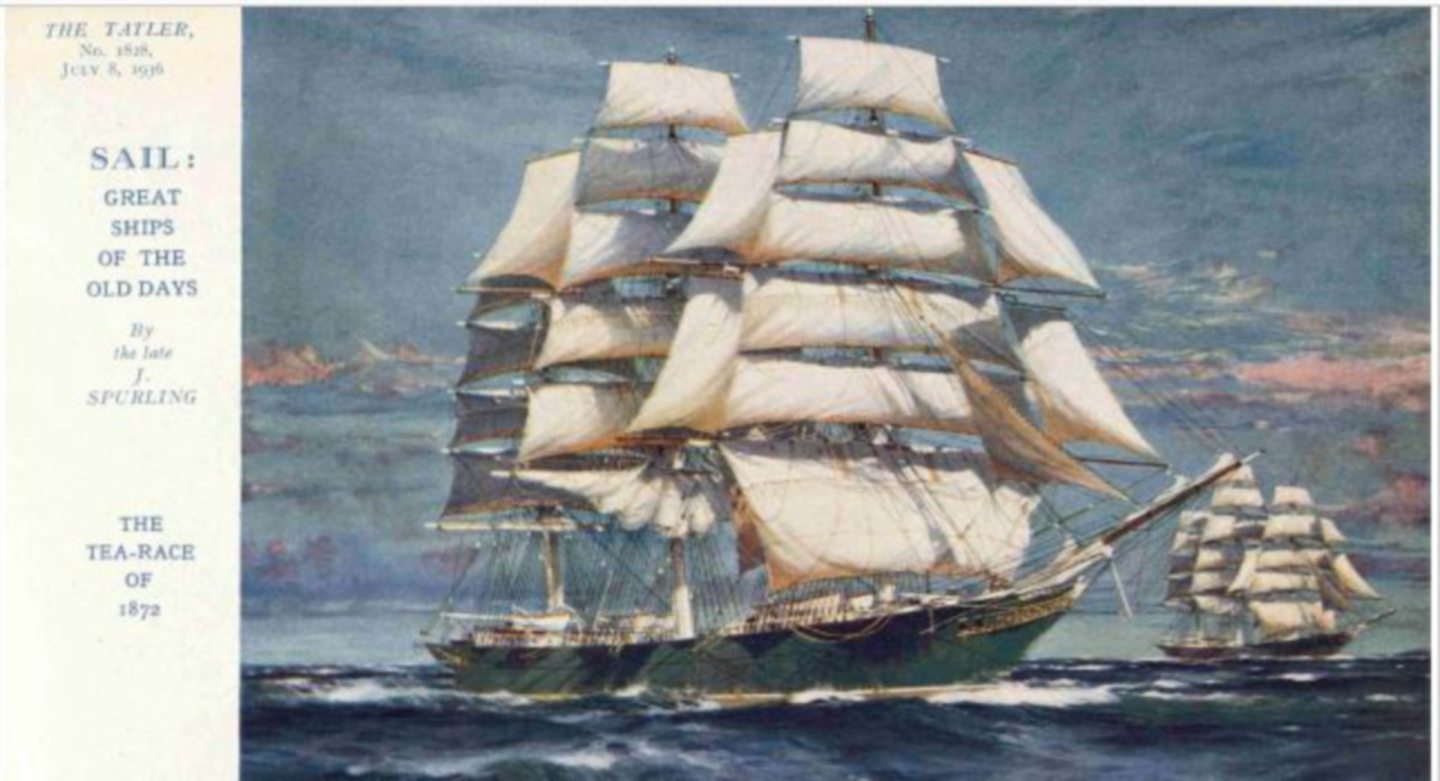

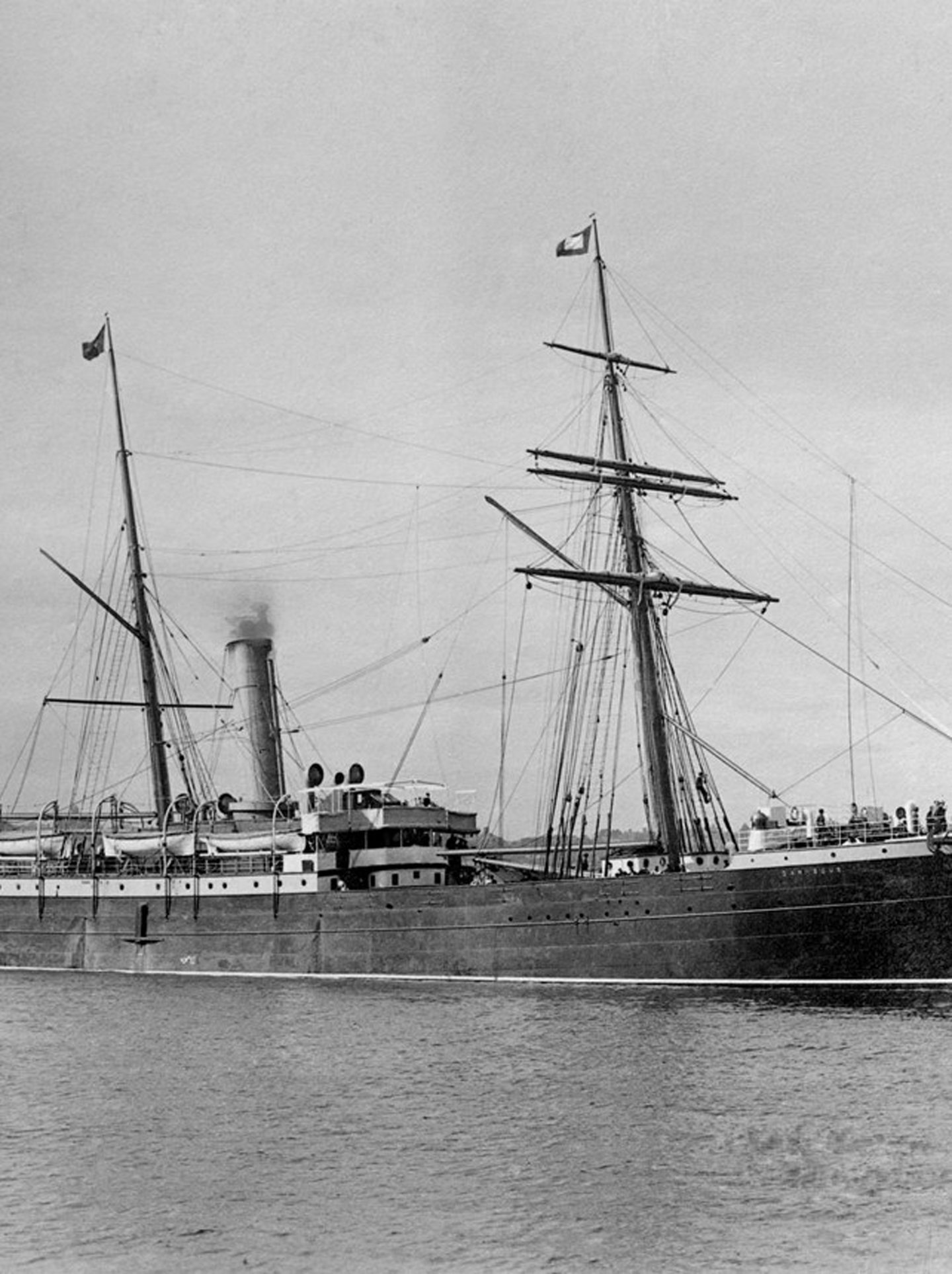
Conversation